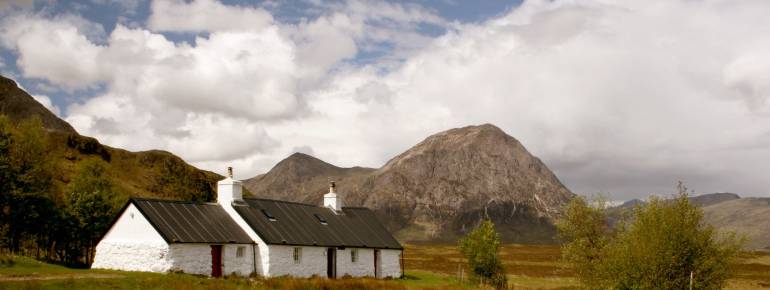Scotland: Closing the gap in broadband coverage in remote areas

Scotland
Scotland is part of the United Kingdom and borders on England to the South. The Scottish Government is the executive of Scotland’s devolved government (since 1999) and is competent in the areas of health, education, justice, transport, rural affairs and economic development. Scotland is characterised by vast remote and sparsely populated areas, notably in the highlands and islands.
The Challenge
In 2006, following commercial rollout and a number of Scottish Government-led demand-side and supply-side initiatives, coverage of broadband in Scotland had reached over 99 %. However, the remaining (less than) 1 % of premises – principally located in rural and remote areas – were still left without access to a broadband connection. The Scottish Government considered that broadband access was vital to the development of the rural economy.
After careful examination, the Scottish Government concluded that conventional (fixed-line) broadband was unlikely to be able to bridge the remaining gap in coverage, and therefore considered alternative technical solutions.
The Satellite Solution
In 2007, the Scottish Government provided a grant of £3 million in the framework of the Broadband Reach Project, which sought to identify and provide broadband connections in areas without access. An awareness-raising programme to identify demand – including targeted local radio and press campaigns – was launched. This resulted in over 4000 registered expressions of interest.
Following an open procurement process, a combination of satellite and wireless emerged as the most appropriate technology for delivery of this project, in terms of technical feasibility, installation cost and sustainability of the service.
The Scottish Government’s grant covered the cost of customer premises equipment (for example: satellite dish/wireless antenna) and
associated installation fees when a customer signed up to be connected. The customers then took out a subscription for broadband access directly with the service provider. This ensured that citizens would be offered an affordable and sustainable broadband service.
The Results
Approximately 2400 connections were set up out of the 4000+ original registrations. The remainder did not result in connections for a variety of reasons. Some had registered to bolster local demand in certain areas without actually wishing a connection themselves; others had found alternative solutions (e.g. 3G+) in the meantime.
The Broadband Reach Project successfully bridged the digital gap inScotland. It responded to all known broadband demand by offering a basic service and supported many rural businesses, households and communities.
“The Scottish Government’s intervention provided around 2 400 premises with an affordable, sustainable broadband service where, due to the lack of commercial viability, no other solution was available.” Harry Emambocus, Enabling Technologies Team

